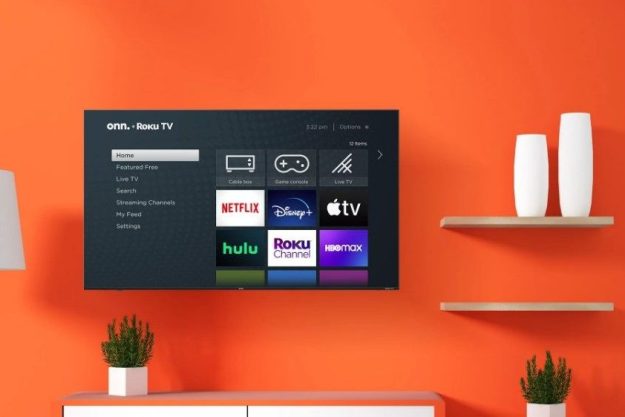Satechi’s Dual Sonic Conical speakers don’t sound as good as they look.
San Diego, California-based electronics company Satechi has its fingers in a lot of pies. It makes USB-C combo hubs for the MacBook, smartphone and tablet mounts for car dashboards, Bluetooth remotes for cameras, and the decidedly more exotic USB-powered air purifier. So it comes as little surprise that the company has a robust speaker division. One of the company’s newest speaker sets are canonical in shape and intended for the narrowest of use cases: delivering stereo PC audio on the cheap. They accomplish that goal, but just how successfully is another matter.
They’re weak for speakers intended to boost your PC’s built-in audio.
The speakers, which on Satechi’s website carry the self-descriptive (but unimaginative) moniker “Dual Sonic Conical v2.0,” are the right price. At $30, they’re dramatically cheaper than many of the alternatives: Logitech’s Z533 starts at $100; JBL’s Pebbles retails for about $50; and Klipsch’s ProMedia 2.1 ships for $150. Amazon’s A100 USB Powered Computer Speakers may beat the Conical’s price tag by a hair, as do Logitech’s low-end S150 tweeters, but very narrowly — the former sells for $14, and the latter $10.
What sets the Conical apart from the rest of the pack, then? Their aesthetics, primarily – in the realm of design, the Conicals punch well above their price. Sure, they may be made of plastic, but they don’t necessarily look it. The speakers sport a reflective, circular rim that gleams like polished aluminum in bright light. Their rigid rear housing is finished with a smooth, rubber-like polymer. And the speaker grills, an oft-neglected component of even high-end audio equipment, feel durable, if thin, on the fingertips.
The Conicals are also nicely weighted, too, which is to say they feel far more substantial than you might expect. It’s a heft that belies their price — it gives the impression, truthful or not, that heavy-duty equipment lurks under the veil of the speakers’ perforated grates.
But projecting a premium image is juft half the battle. The other half is delivering on the promise, and that’s where the Conical fall flat. They’re weak for speakers intended to boost your PC’s built-in audio, for one — plugged into our reviewer’s test system and set to max volume, the Conicals were barely audible over a nearby desk fan.
Worse, though, is the Conical’s dynamic range, the limits of which quickly become apparent. The high frequencies of a Debussy sonata gave the pair particular trouble – they exhibited an alarming amount of distortion on high notes. And the lower end isn’t much better. The Conical, simply put, don’t pack hardware capable of the forceful, punchy air movement songs like DJ Khaled’s Do You Mind and Travis Scott’s Black Mass demand. It’s a humdrum, hollow profile that disappoints across a range of musical genres.
The Conical handle midrange sounds passably, though. And indeed, the speakers shine day-to-day. They’re perfectly suited to the occasional YouTube video, podcast stream, or TV show. Voices come through clear, if sometimes muffled, and quality never dipped to a level we found unpleasant. And generally speaking, the Conical proved capable of delivering enough detail for casual games, video chat services, and other applications which don’t require high fidelity.
Conclusion
Satechi built a pair of good, solid utility speakers in the Conical. They won’t blow you away in any sense of the phrase, and high-fidelity is not on the menu, but they were likely never intended to serve those purposes. They’re a $30 bargain that look good on a desk and provide sound in a pinch — perhaps that’s all they need to be. If you want better, for just a bit more, the JBL Pebbles should fit the bill.
The Conical draw power and audio information from a USB 2.0 connection, and can also plug into any 3.5mm audio out jack. They’re available for purchase on Amazon for $30 and come in two color configurations: black and white.
Highs
- Polished design
- Inexpensive
Lows
- Weak bass
- Crackly highs
- Low max volume


